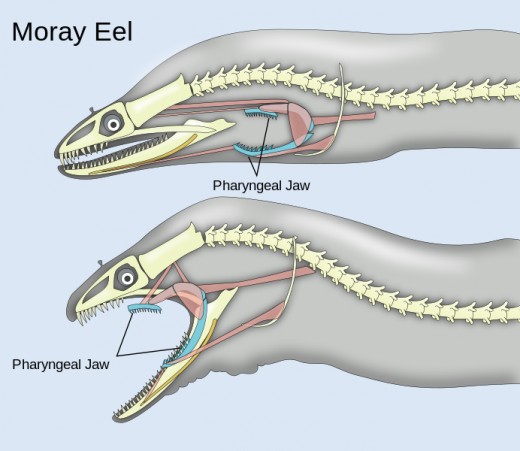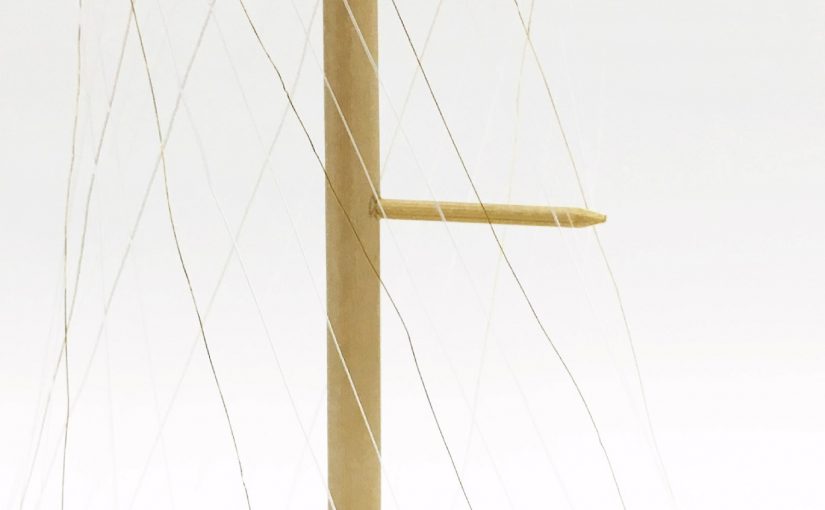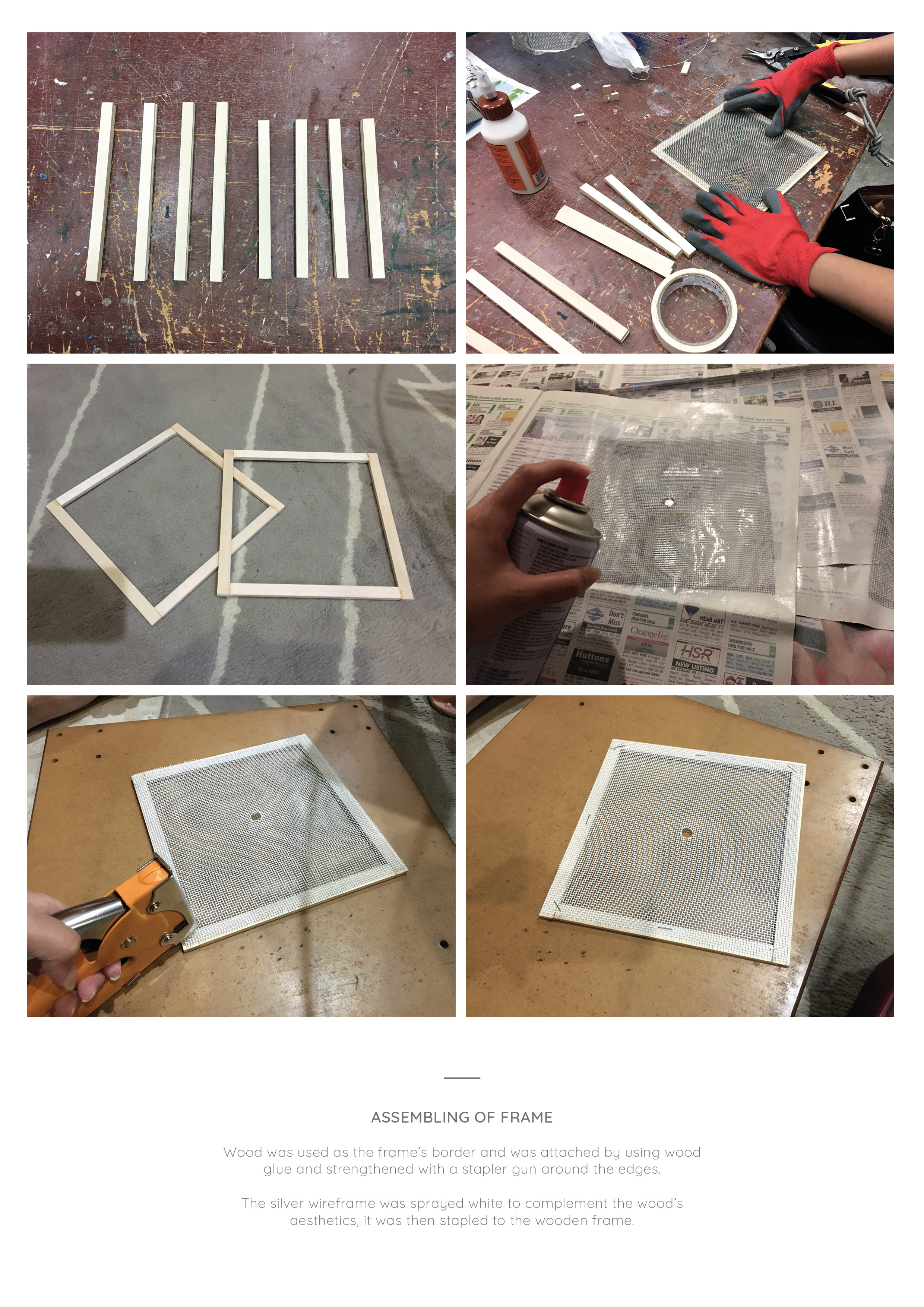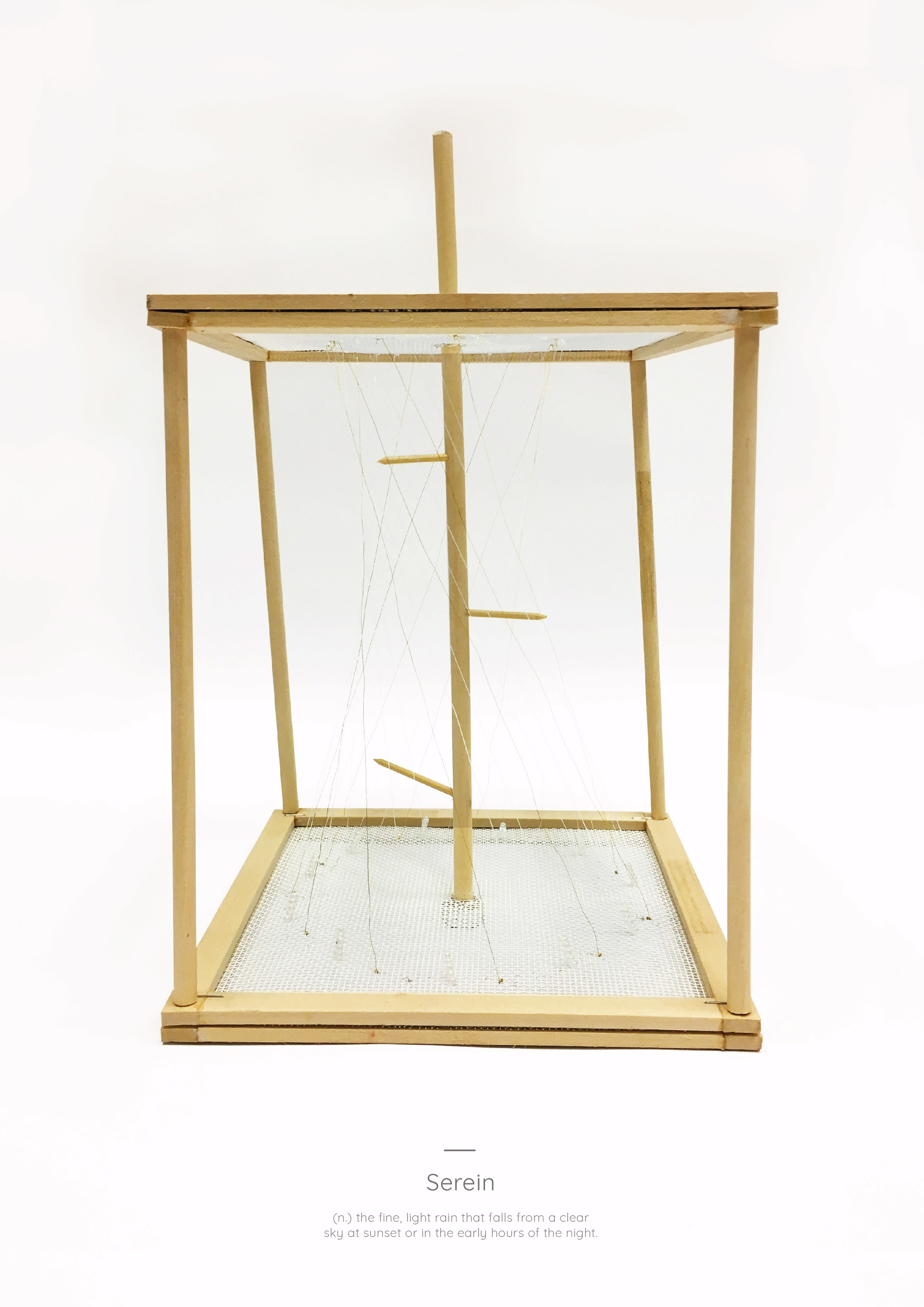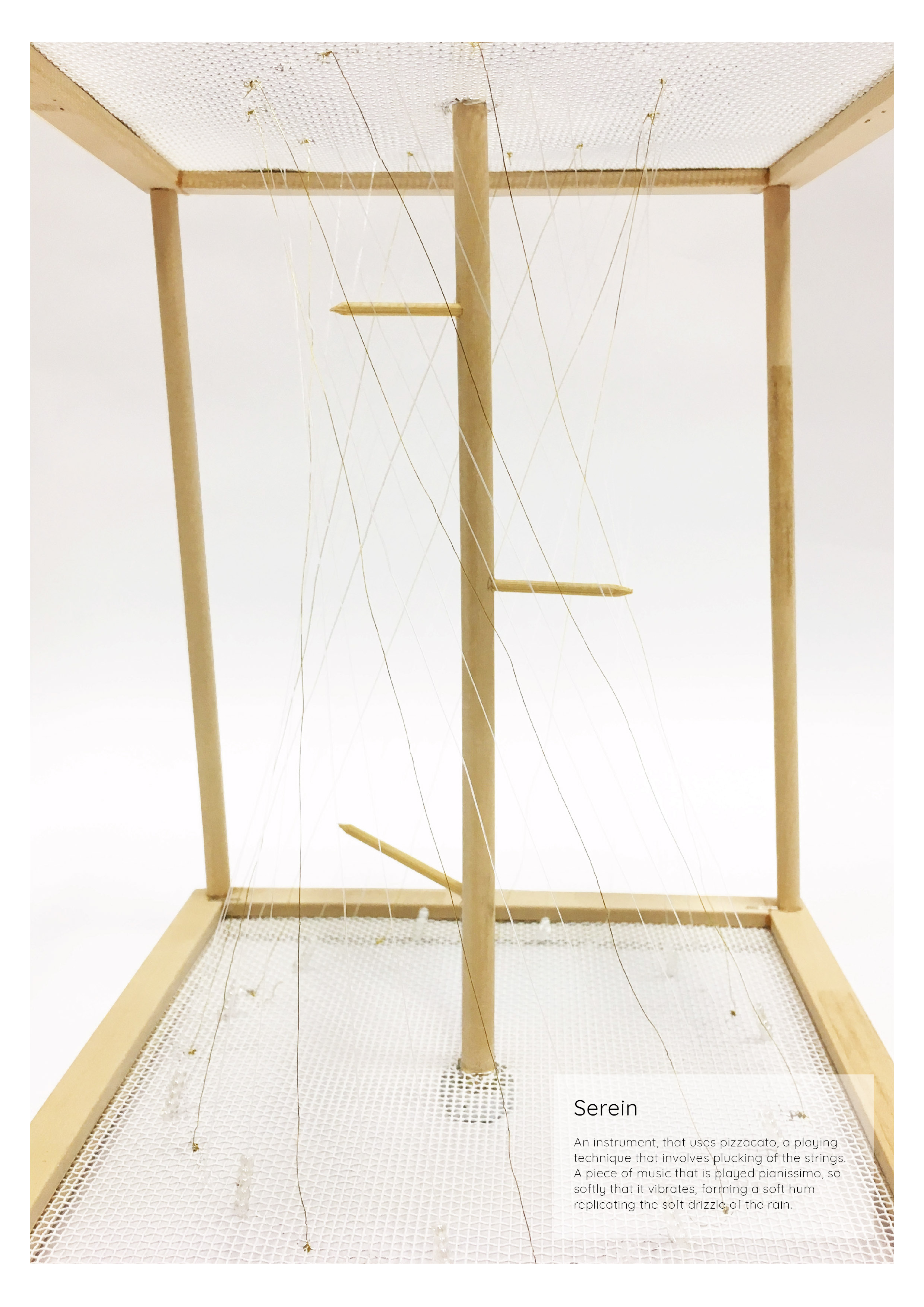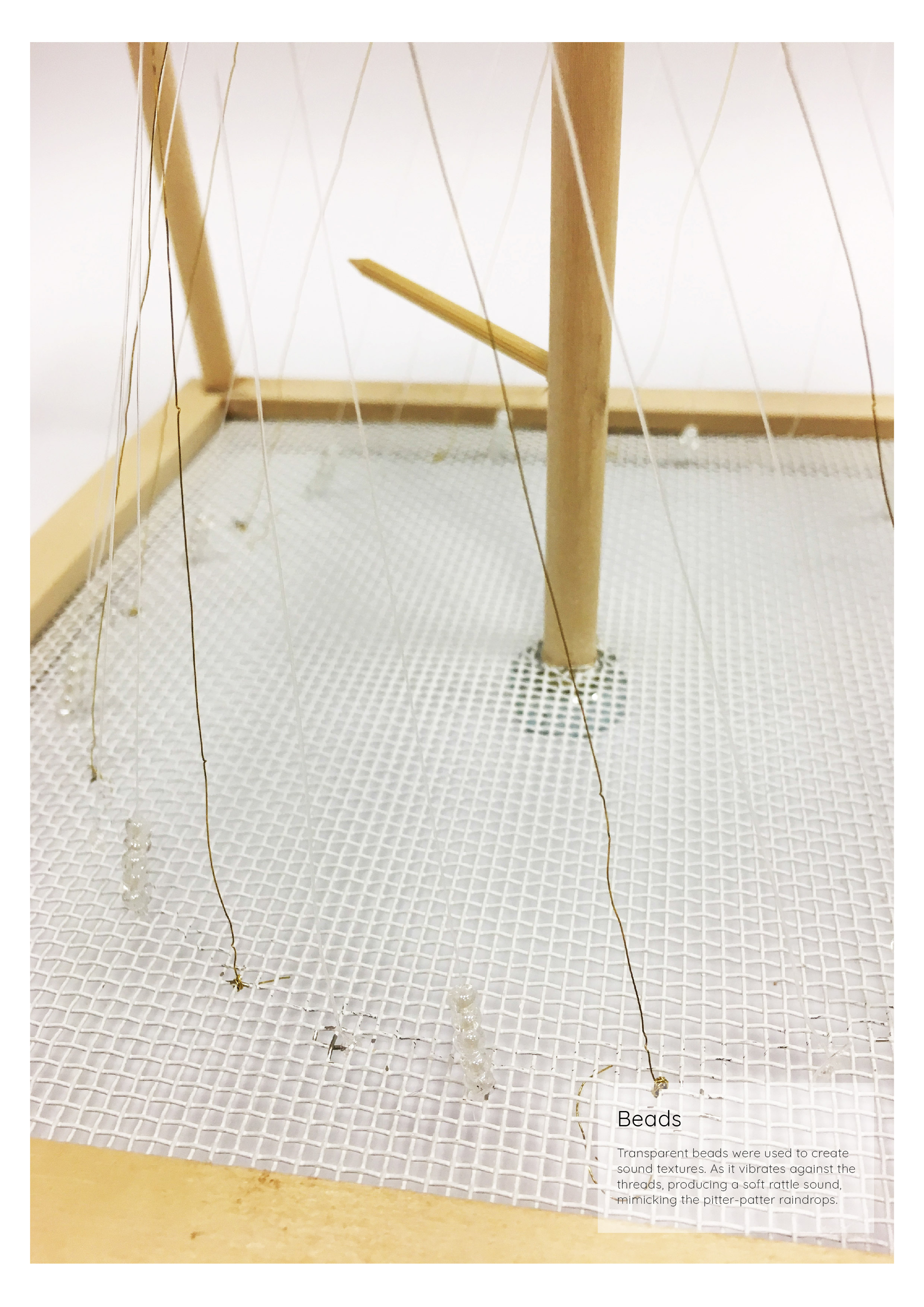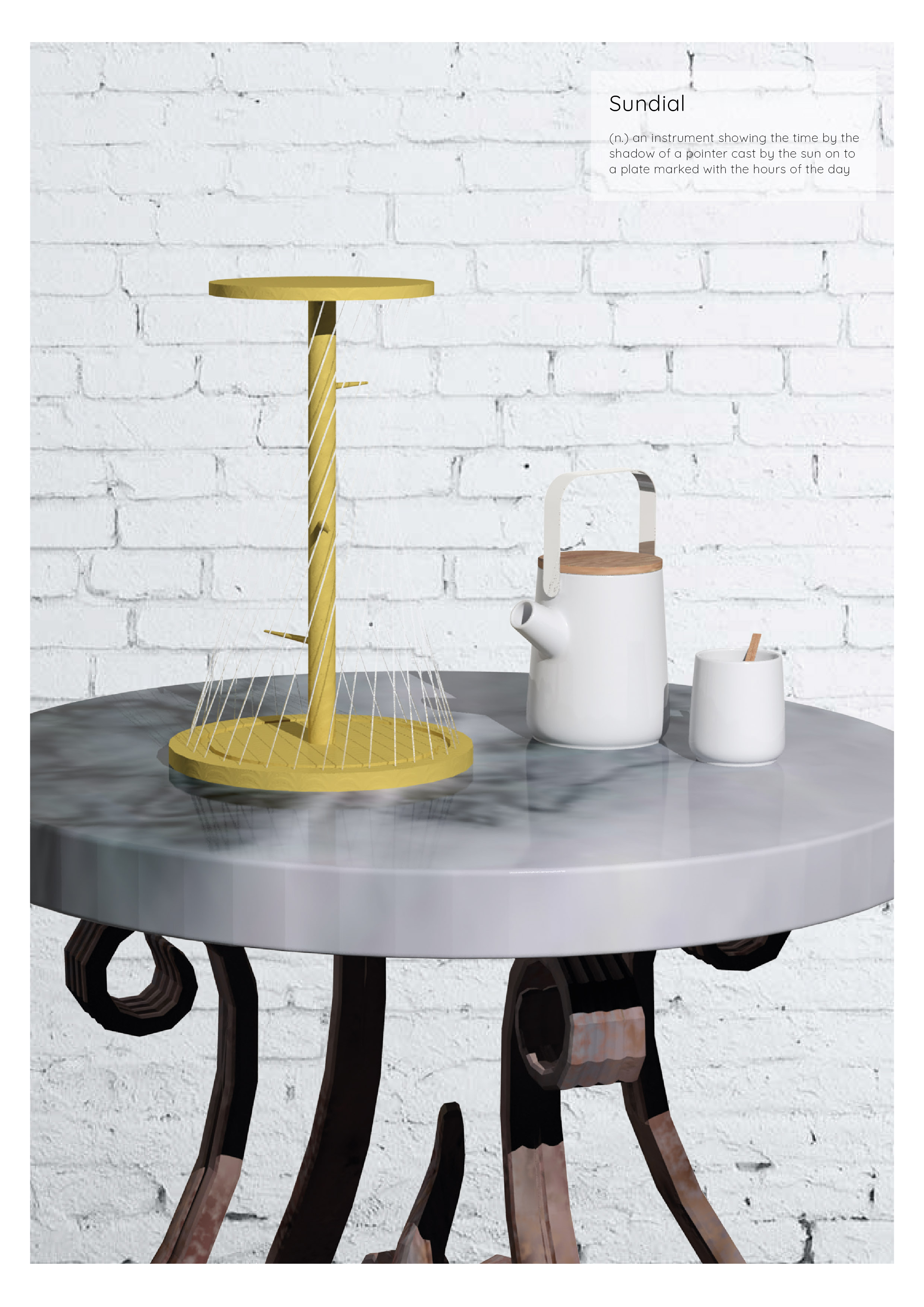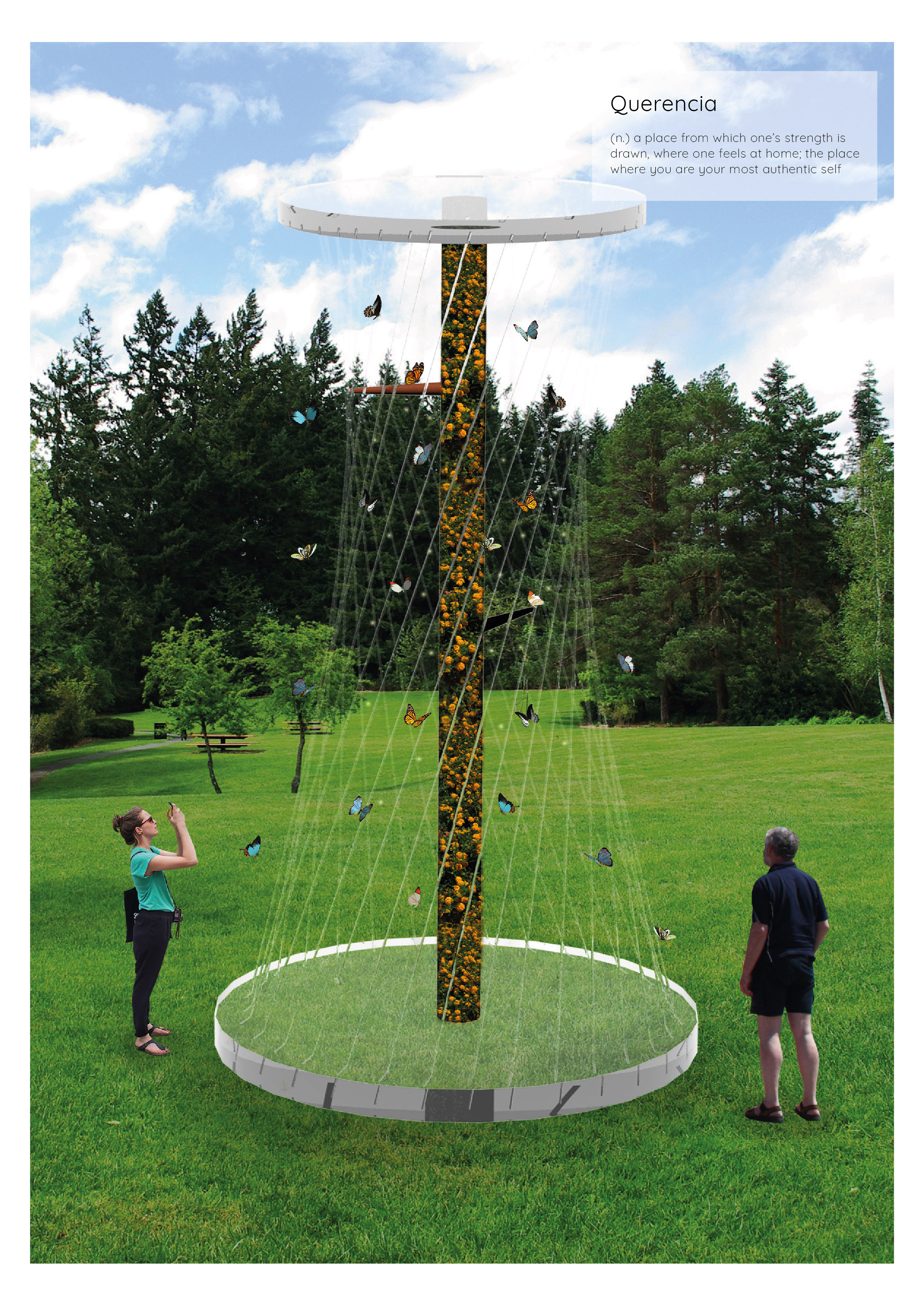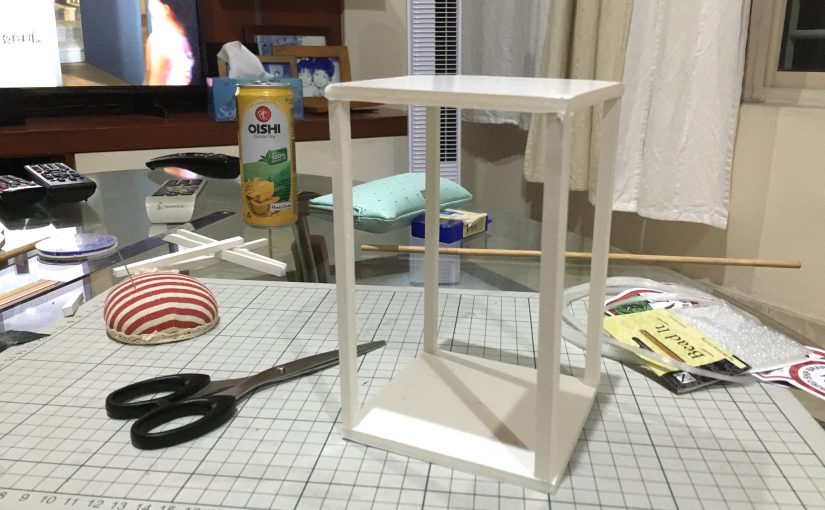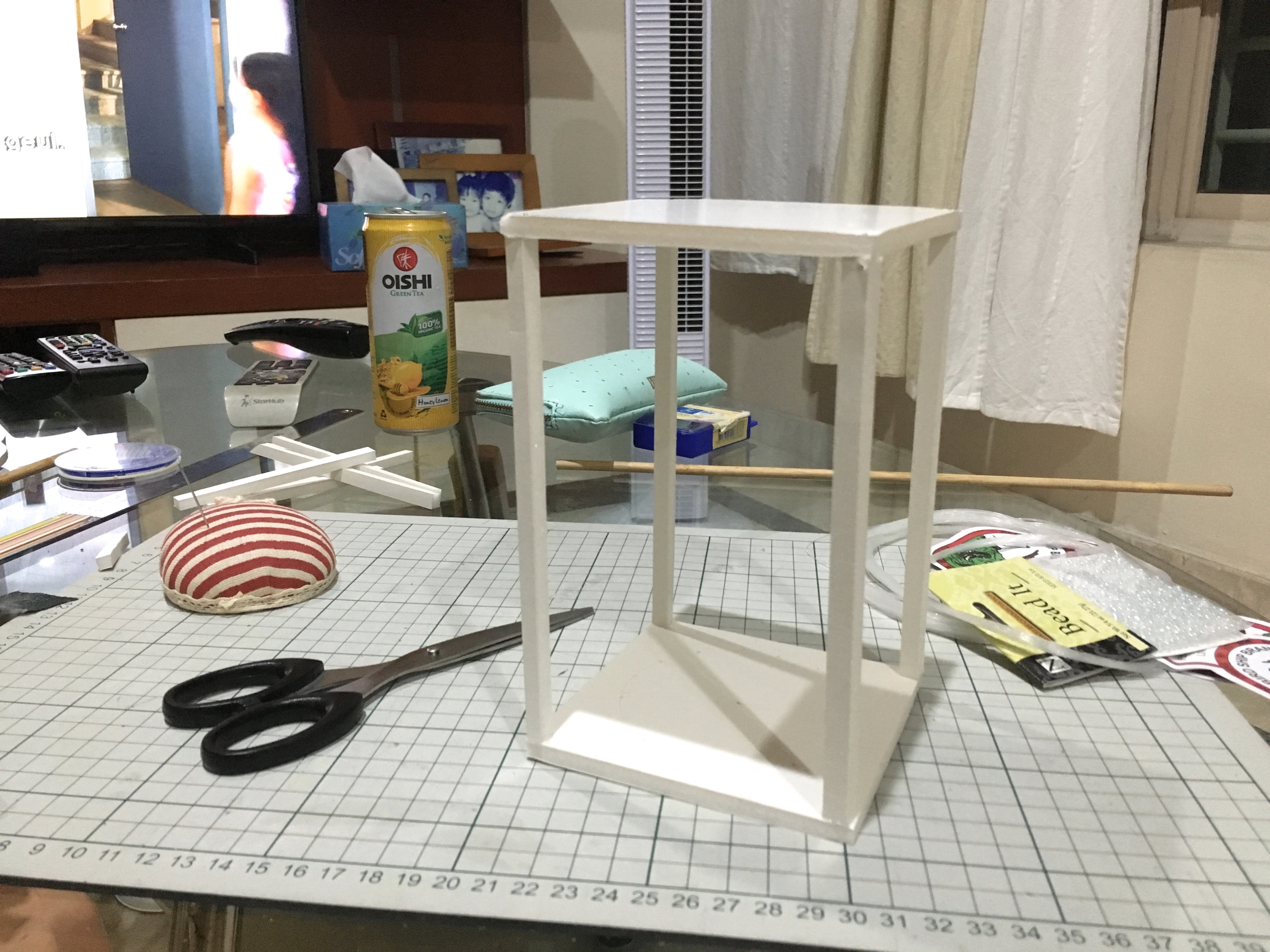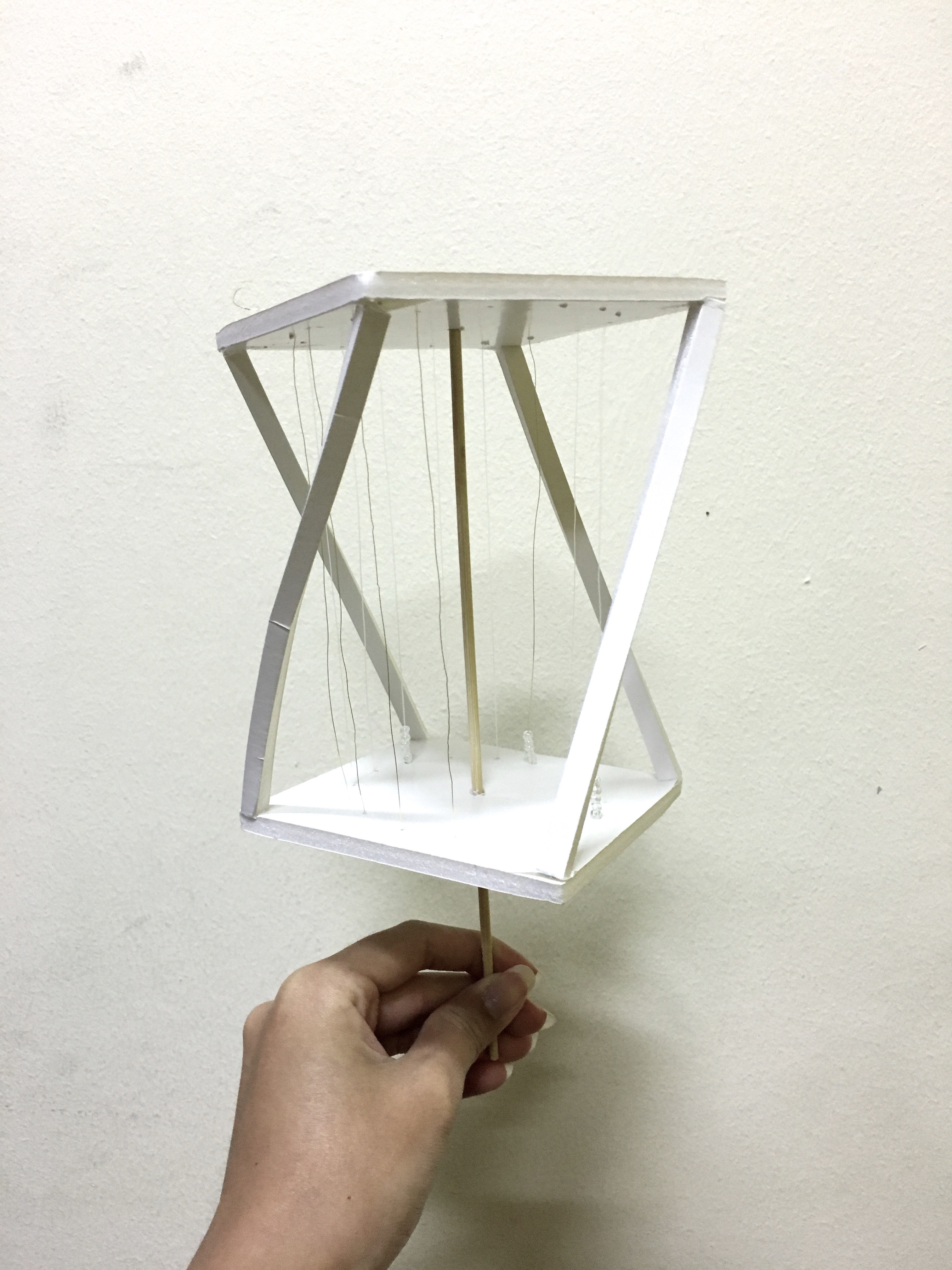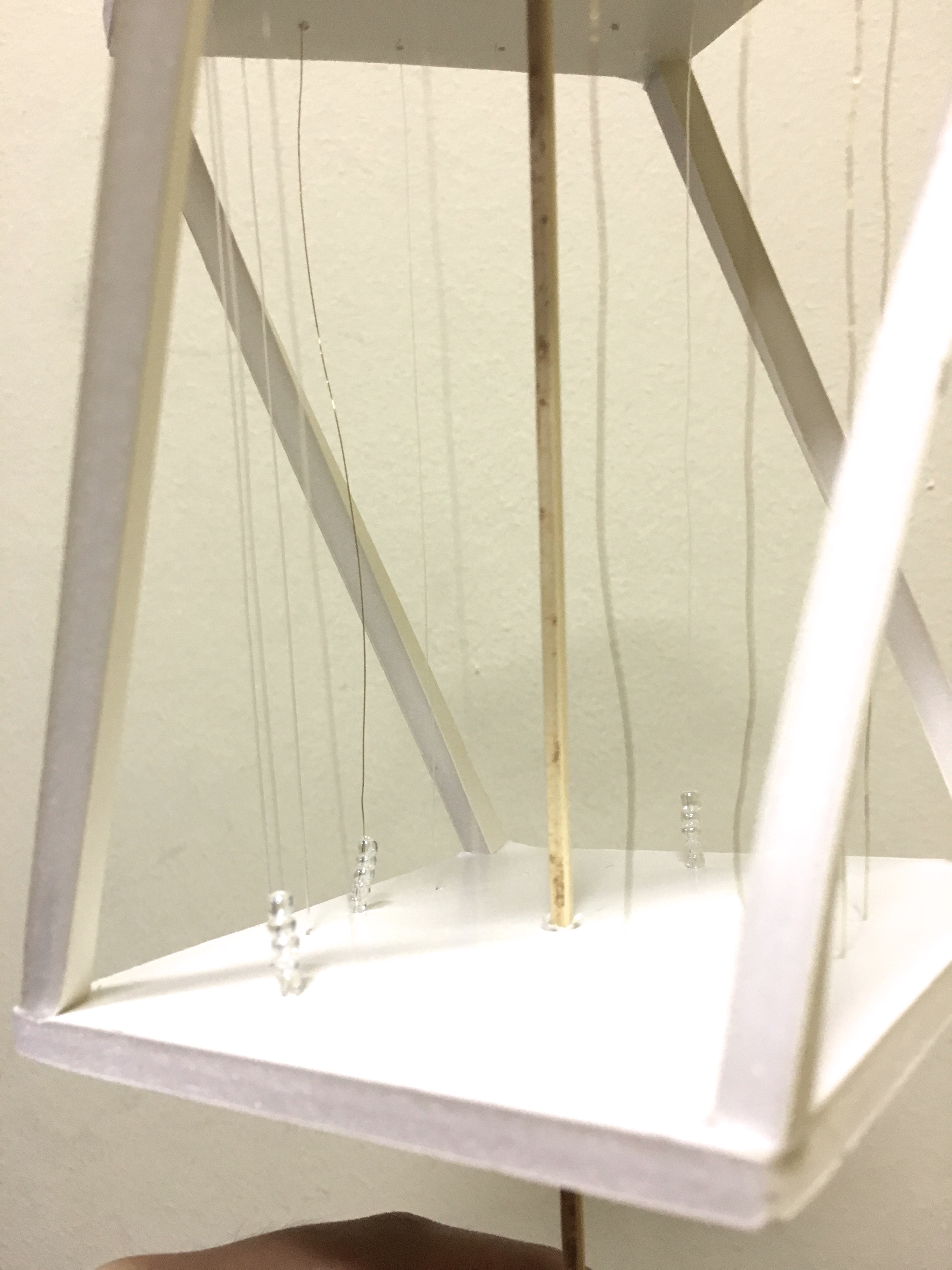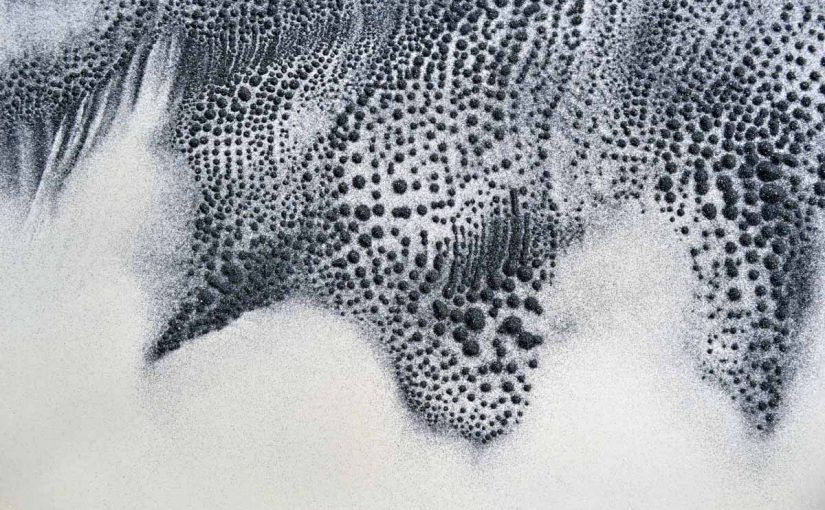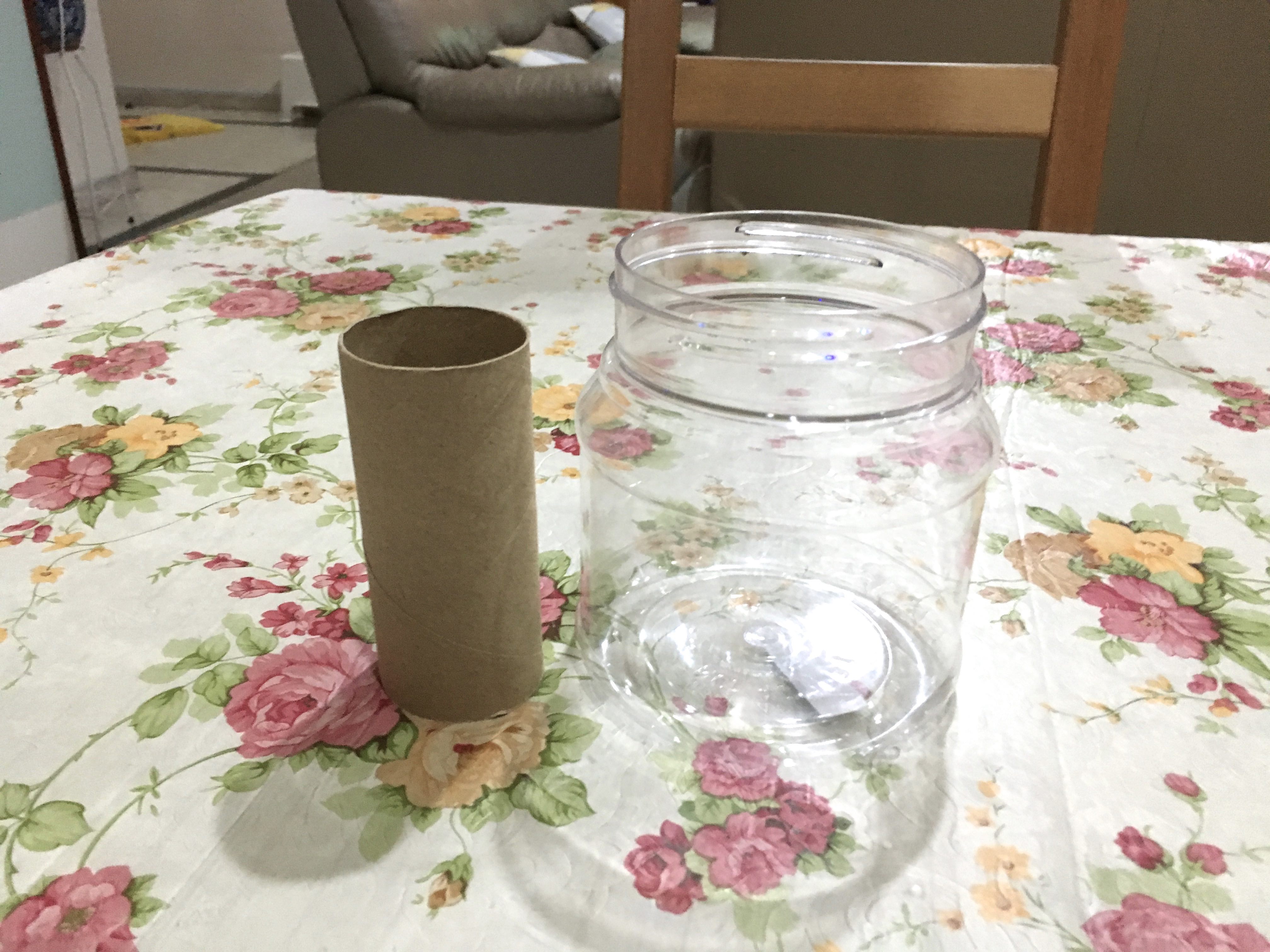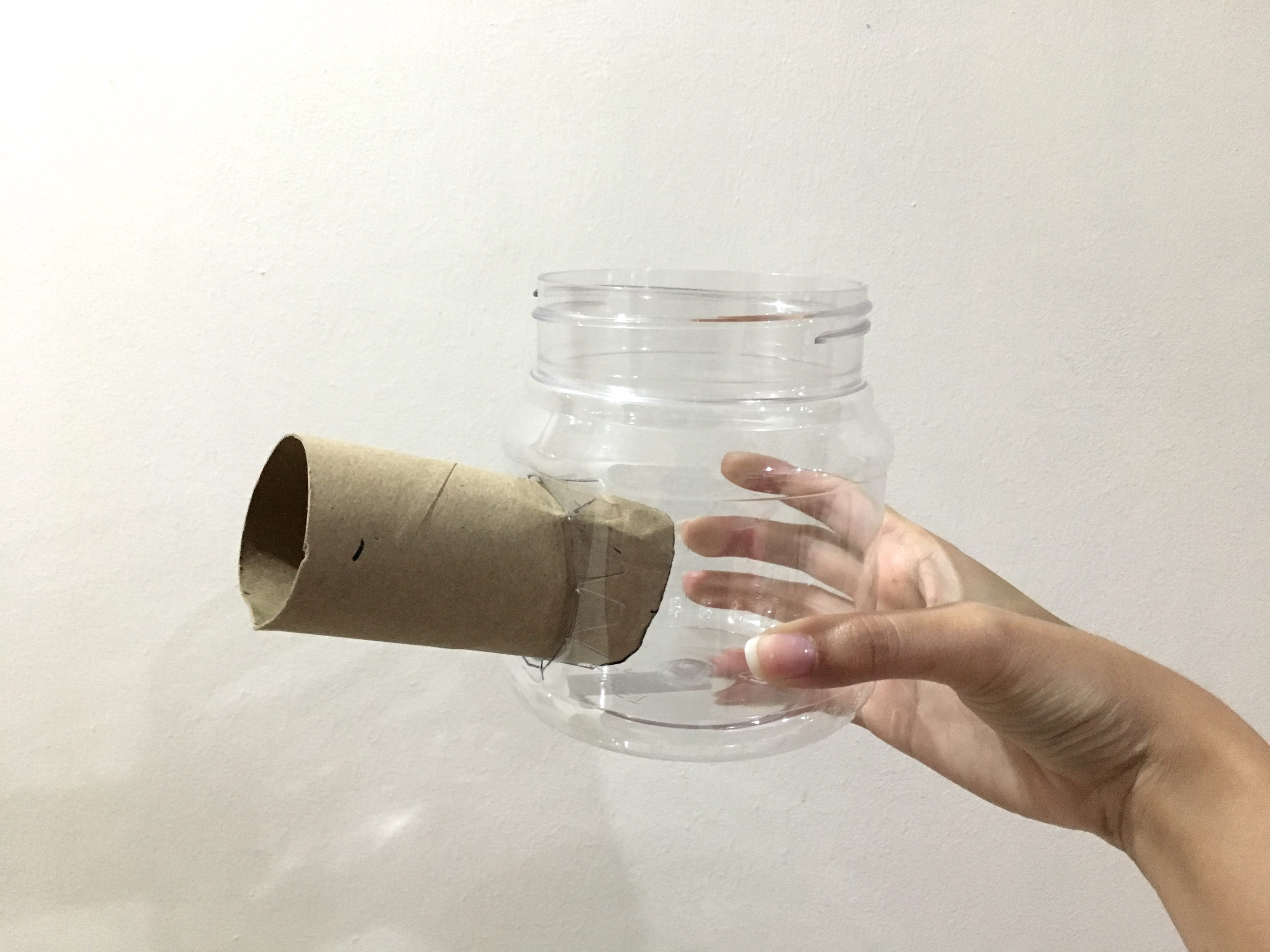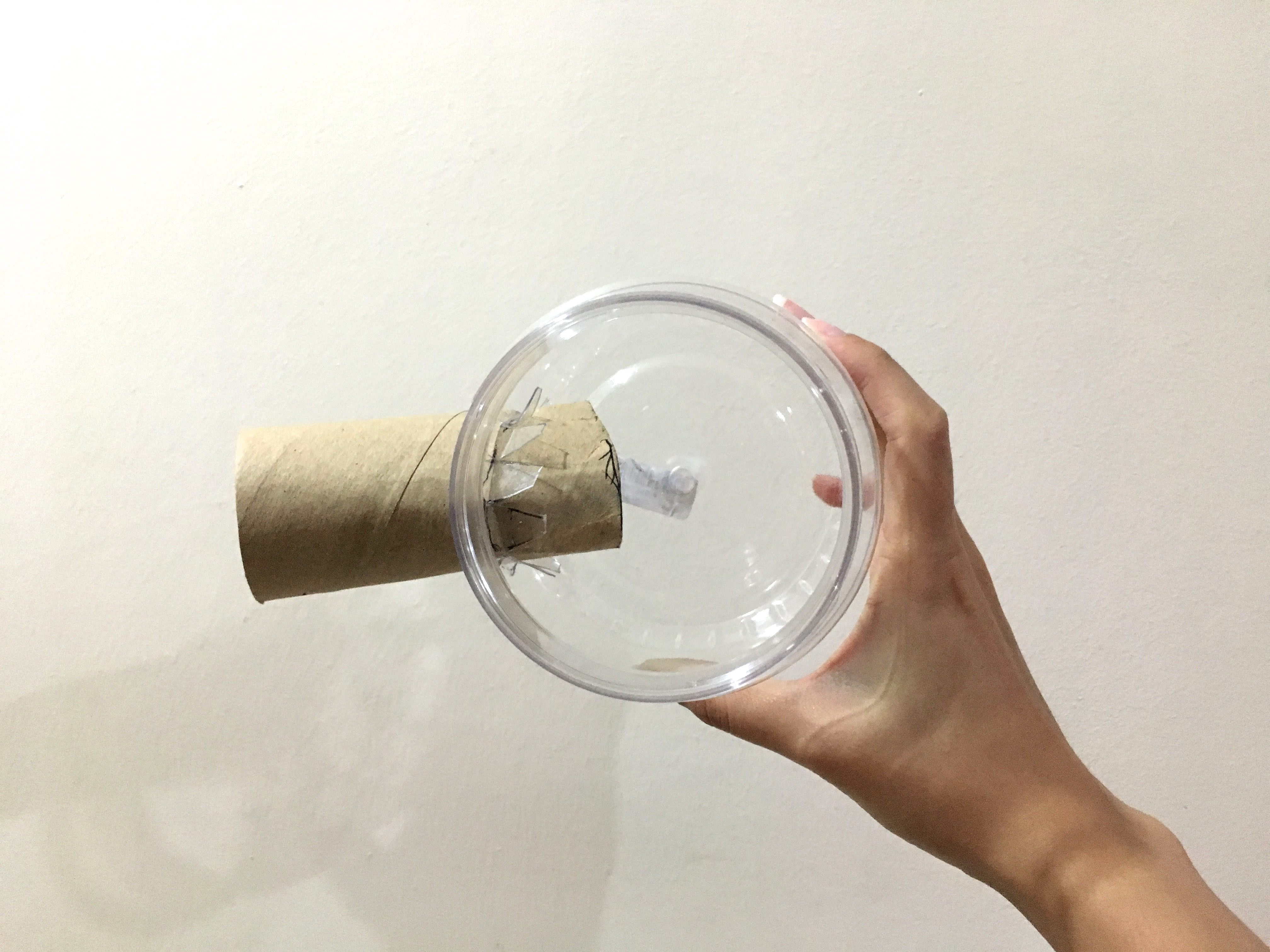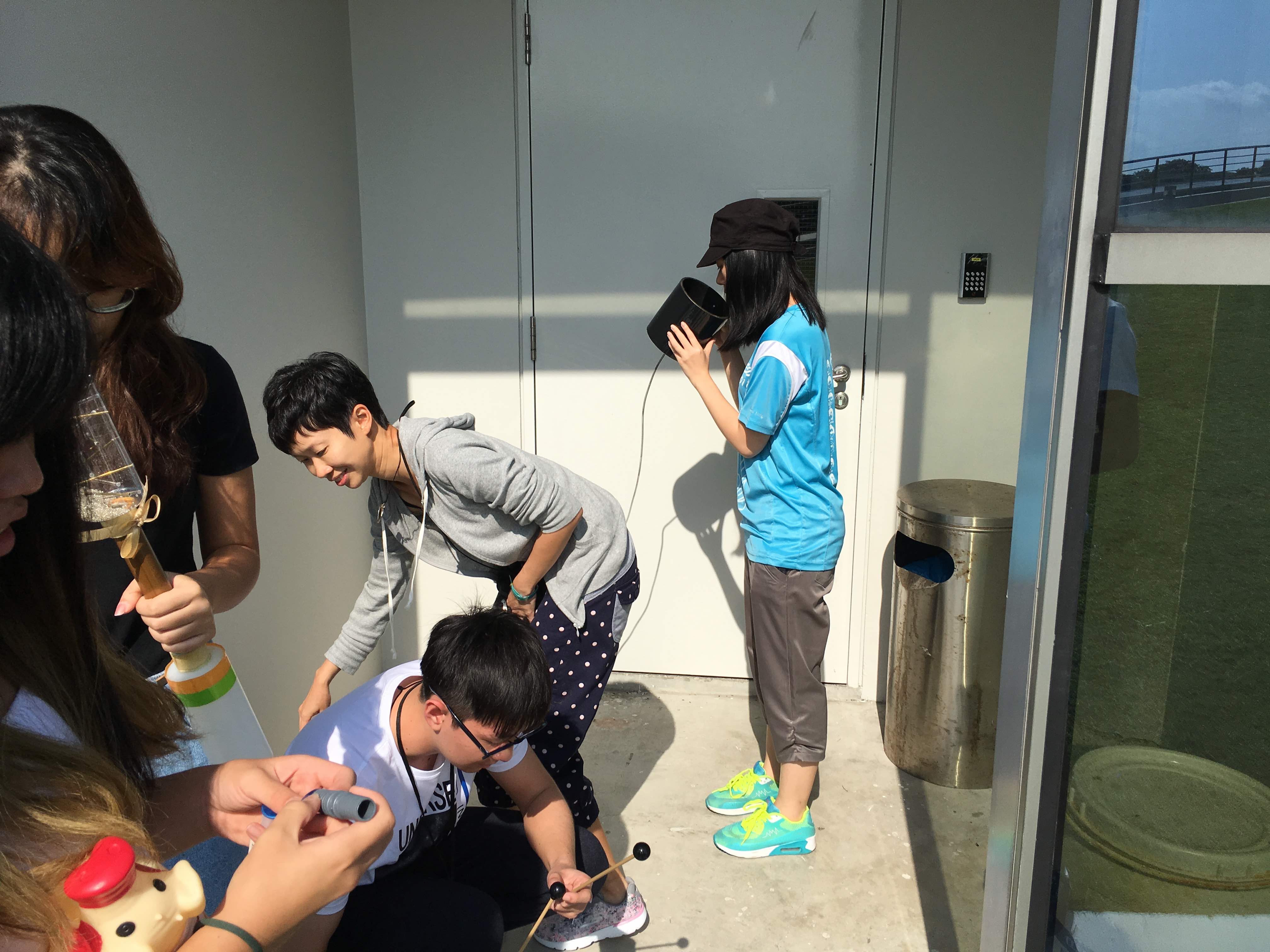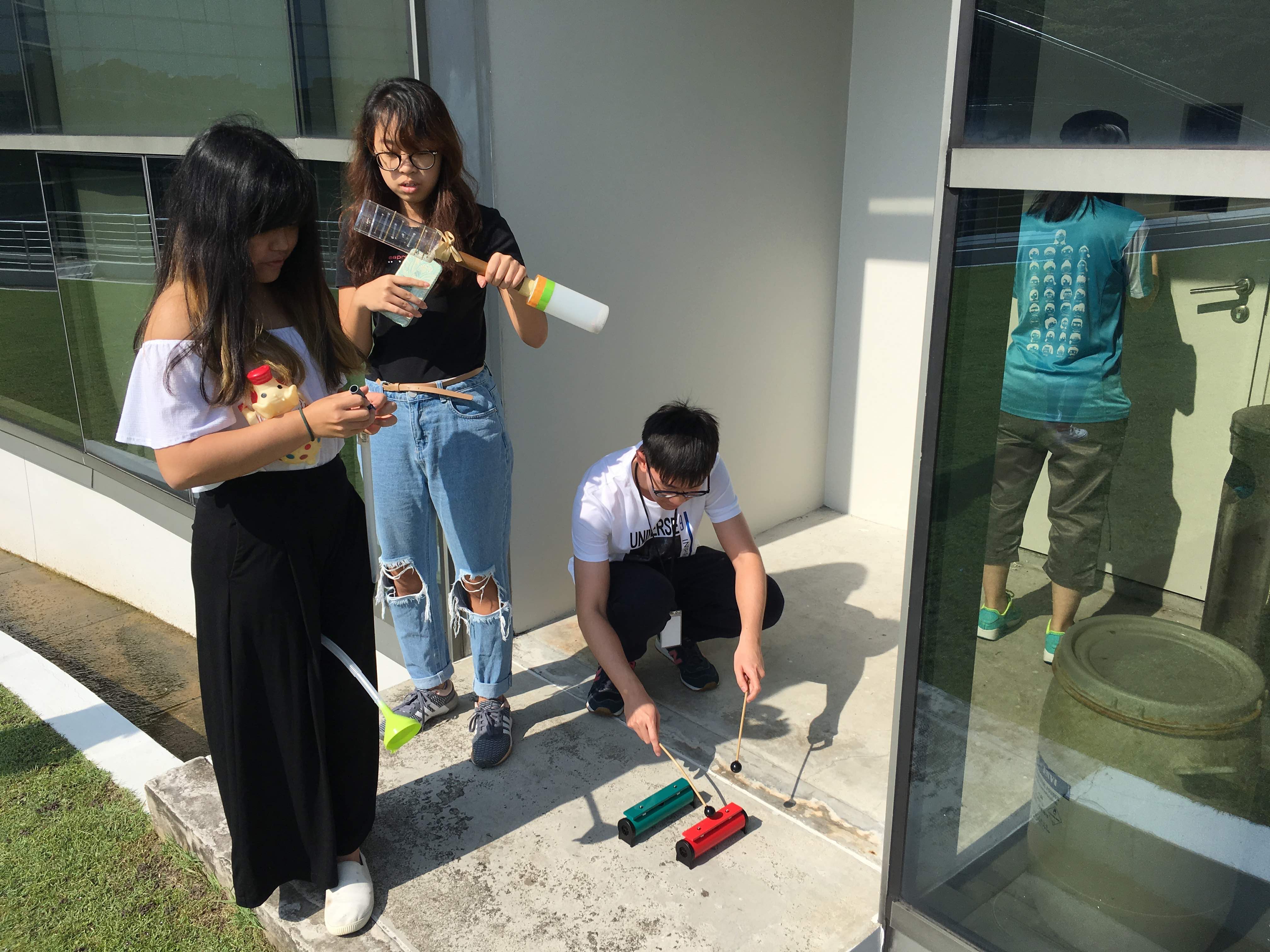The ribbon eel (Rhinomuraena quaesita), also known as the leaf-nosed moray eel or bernis eel, is a species of moray eel, the only member of the genus Rhinomuraena. It is quite possible the more bizarre eels on the planet. This certain kind of eel will not only change colours, it changes sexes!
Depending on the stage of the ribbon eel’s life it may appear black, blue and or yellow. They grow to one meter / 3.3 feet in length and can live up to 20 years in the wild.
Changing of Genders
All ribbon eels start off as male and are black with a yellow dorsal fin. As they mature, the male eels turn mostly bright blue with yellow accents around the mouth and on the dorsal fin. The changes don’t stop there. After the male’s body reaches a certain length, it begins to turn yellow and will develop female parts until it is able to lay eggs. They are hermaphrodites.
Where They Live
Ribbon eels tend to live in lagoons or coastal reefs throughout the Indian and Pacific Oceans, from East Africa to French Polynesia, as far north as southern Japan, and south to Australia and New Caledonia. Sadly, ribbon eels are sometimes captured for aquariums and rarely survive longer than one month in captivity.
Size
Ribbon eels are known to stay in the same hole for months or even years.The ribbon eel grows to an overall length of approximately 1 m (3.3 ft), and has a life span of up to twenty years. As the adult male reaches full size (approximately 1 metre), it begins to turn into a female, and turns yellow. It will then mate, lay eggs, and die within about a month. Due to this short lifespan, female ribbon eels are a relatively rare sight.
How They Feed & Prey
Ribbon eels are carnivores, preying on small fish and other marine creatures. They can attract their prey with their flared nostrils and then clamp down on them with their strong jaws and retreat into their burrows.
These ribbon eels will bury themselves in the sand or even hide in reefs and rocks waiting for their prey to swim by. Then it will lunge out with impressive speed to catch unsuspecting smaller fish. Check out how they feed in the video below.
Sense of Smell
Morays have an excellent sense of smell which compensates for their bad eyesight, and their nares (nostrils) are developed into tubes. They use their great olfactory system to find and catch their prey. Some species, like the blue ribbon eel above, have nostrils that expand in a fan-like shape to capture more of the passing scents.
Their Body
The skin of morays contains no scales. The term “slippery as an eel’ is very appropriate, since the skin produces large amounts of mucus, or slime. The mucus protects the skin from abrasion against rocks.
Two Sets of Jaws
Moray eels have two sets of jaws. The outer jaws, or oral jaws, grab hold of the prey. The inner jaws, known as pharyngeal jaws, then move forward from the throat into the mouth and grasp the prey. The paryngeal jaws move the prey to the esophagus, where it’s swallowed.
Small Gills
Moray eels have small gills. They have to rhythmically open their mouth in a gaping motion to allow sufficient water to flow into their mouth, over the gills (which extract oxygen from the water) and out through the gill opening on each side of their body. Because morays often open their mouths very wide during respiration, people who don’t know how moray eels breathe sometimes think that the fish are being aggressive and are preparing to bite.


